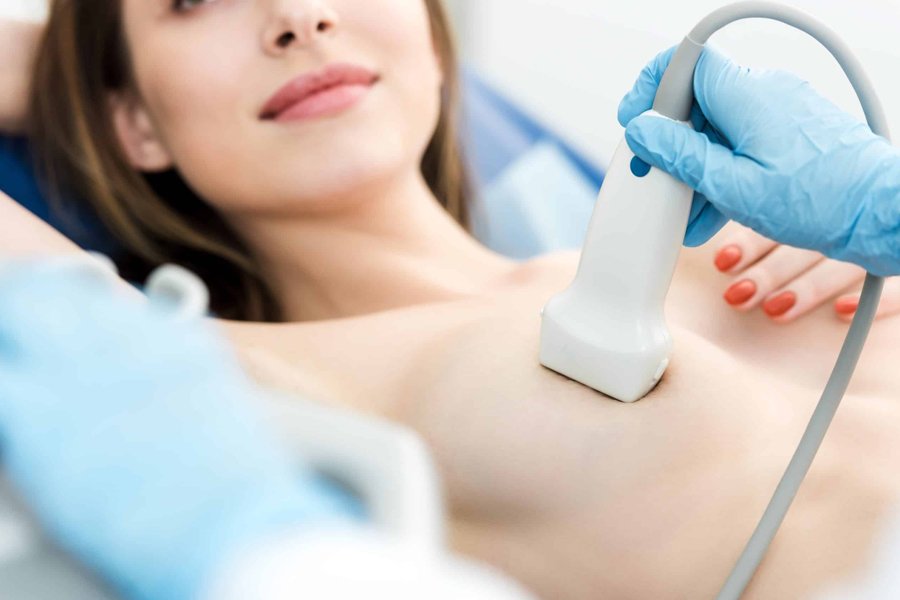Sonomammography

Types of Sonomammography
Screening Sonomammography
Used to check breast health in women without symptoms, especially those with dense breasts.Diagnostic Sonomammography
Performed when there’s a breast complaint or abnormal finding on a mammogram or clinical exam.
Symptoms That May Lead to Sonomammography
Your doctor may recommend a sonomammography if you experience:
Breast lump or swelling
Breast pain or tenderness
Nipple discharge
Skin changes on the breast (redness, dimpling)
A palpable abnormality during a breast exam
What Are Some Common Uses of Sonomammography?
Sonomammography is commonly used to:
Evaluate breast lumps or thickening
Distinguish between solid tumors and fluid-filled cysts
Check abnormalities seen on mammograms
Guide needle biopsies for suspicious areas
Monitor existing benign breast conditions
How Do I Prepare for My Sonomammography?
Wear a two-piece outfit, as you will need to undress from the waist up.
Avoid applying lotions, powders, or deodorant on the day of the scan, as they can affect image quality.
No fasting or special preparation is required.
What Will Happen During My Sonomammography?
You will lie on an exam table, and a technician will apply a water-based gel on your breast to help the ultrasound probe glide smoothly. The probe is moved gently over the breast, capturing images of the underlying tissue. The procedure is painless, usually takes 15–30 minutes, and you can resume normal activities immediately afterward.
What Are the Reasons for a Sonomammography?
Doctors recommend sonomammography for:
Investigating a new breast lump
Checking breast pain or nipple discharge
Following up on a mammogram or MRI finding
Screening younger women or those with dense breasts
Monitoring benign breast conditions over time
Why Sonomammography is Used
Sonomammography is used because it provides:
A safe, radiation-free imaging option
Better evaluation of dense breast tissue
Quick and painless assessment of breast lumps
Guidance for breast procedures like biopsies
Additional insights when mammography results are unclear
